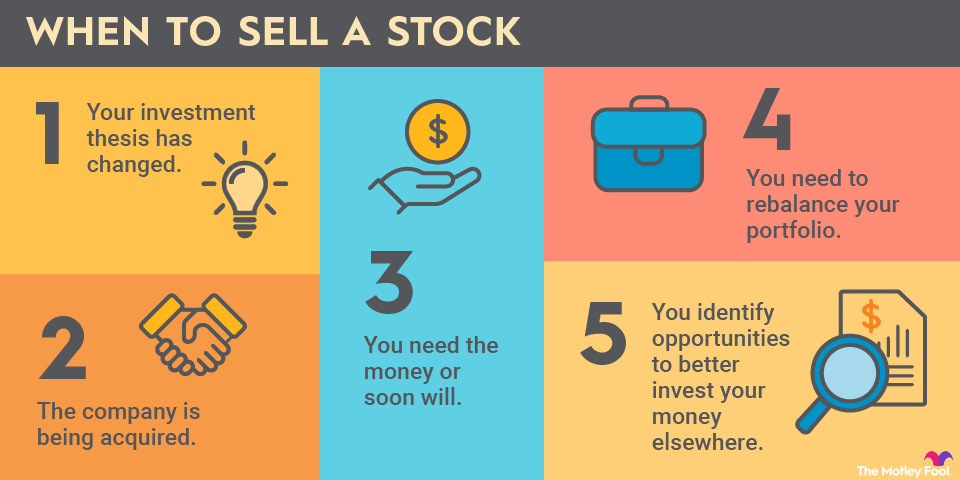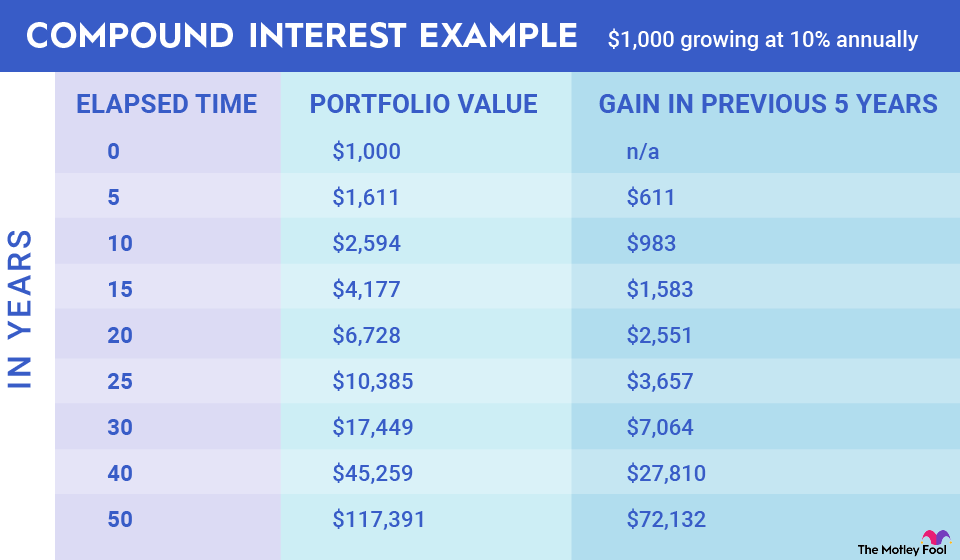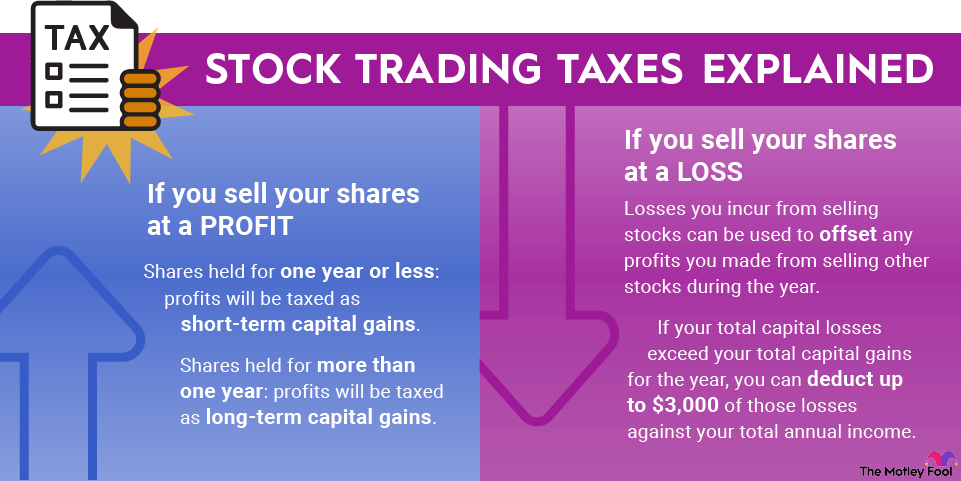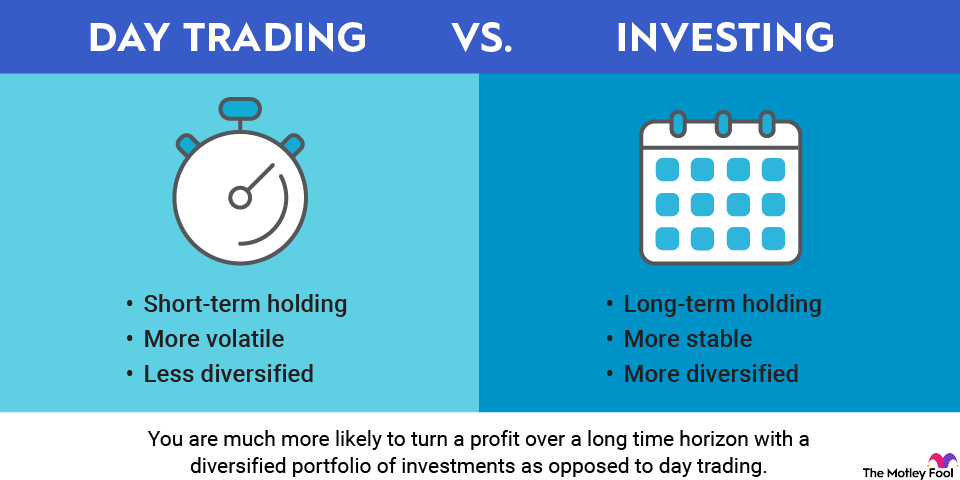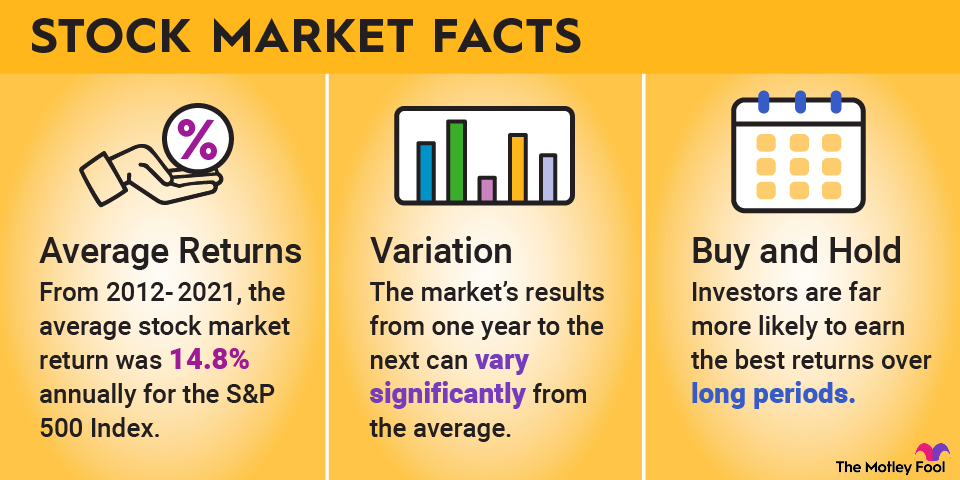In 2024, General Electric spun off its energy business, creating GE Vernova (GEV +15.63%) stock. General Electric had been in business for more than 130 years, with primary operations in healthcare, energy, and aerospace. However, management believed it could serve its customers and shareholders better by separating these businesses into three stand-alone companies.

NYSE: GEV
Key Data Points
Investors are attracted to GE Vernova stock because its business enjoys stable demand. But it also has exposure to more exciting growth markets, such as renewable energy and artificial intelligence (AI).
Stock
How to buy GE Vernova stock
- Open your brokerage app: Log in to your brokerage account where you handle your investments.
- Search for the stock: Enter the ticker or company name into the search bar to bring up the stock's trading page.
- Decide how many shares to buy: Consider your investment goals and how much of your portfolio you want to allocate to this stock.
- Select order type: Choose between a market order to buy at the current price or a limit order to specify the maximum price you're willing to pay.
- Submit your order: Confirm the details and submit your buy order.
- Review your purchase: Check your portfolio to ensure your order was filled as expected and adjust your investment strategy accordingly.
Should I invest in GE Vernova stock?
Investing is personal, so there isn't one right answer when deciding whether to invest in GE Vernova stock. To best answer this question, investors must be familiar with the business and decide whether it fits their investment style and portfolio needs.
GE Vernova generates revenue from both products and ongoing services. For example, it may sell a gas turbine to generate electric power, which is a one-time sale. But then, it may generate revenue for 10 years or more from contracted services. The company's revenue is almost evenly split between products and services, with the majority of its backlog for services.
GE Vernova's revenue has a degree of predictability because of its robust backlog, which may appeal to investors who favor stability. But the company also has some higher-growth opportunities, which could appeal to more forward-thinking investors.
Looking forward, megatrends are fueling the consumption of electricity like never before. For example, AI workloads consume more power than workloads from traditional software. This reality is expected to drive power usage at data centers.
According to a 2024 report from The U.S. Department of Energy, electricity used by data centers could jump to 12% of all U.S. consumption by 2028, compared with just 4% of consumption in 2023. That electric power must come from somewhere, and GE Vernova believes it will be a key enabler of the trend.
For another example, some world leaders would like for 100% of car sales to be for electric vehicles (EVs). This is unlikely to happen anytime soon, but for the sake of illustration, how much power would this goal take? According to a 2023 study from USAFacts, the U.S. would need to generate anywhere from 20% to 50% more electricity to power a 100% EV revolution. Clearly, there are a lot of assumptions built into such a study, so investors shouldn't get hung up on the exact numbers. But it's enough to say that EV adoption is boosting the need for more electricity.
The point is that some of the biggest secular trends require more power production than ever, which is in GE Vernova's favor. People are also demanding cleaner energy, another advantage for GE Vernova.
The company has operations in hydropower and nuclear energy and is also a leader in wind energy. As the world transitions to cleaner power generation, all of these energy-generation methods could enjoy strong demand in the coming years.
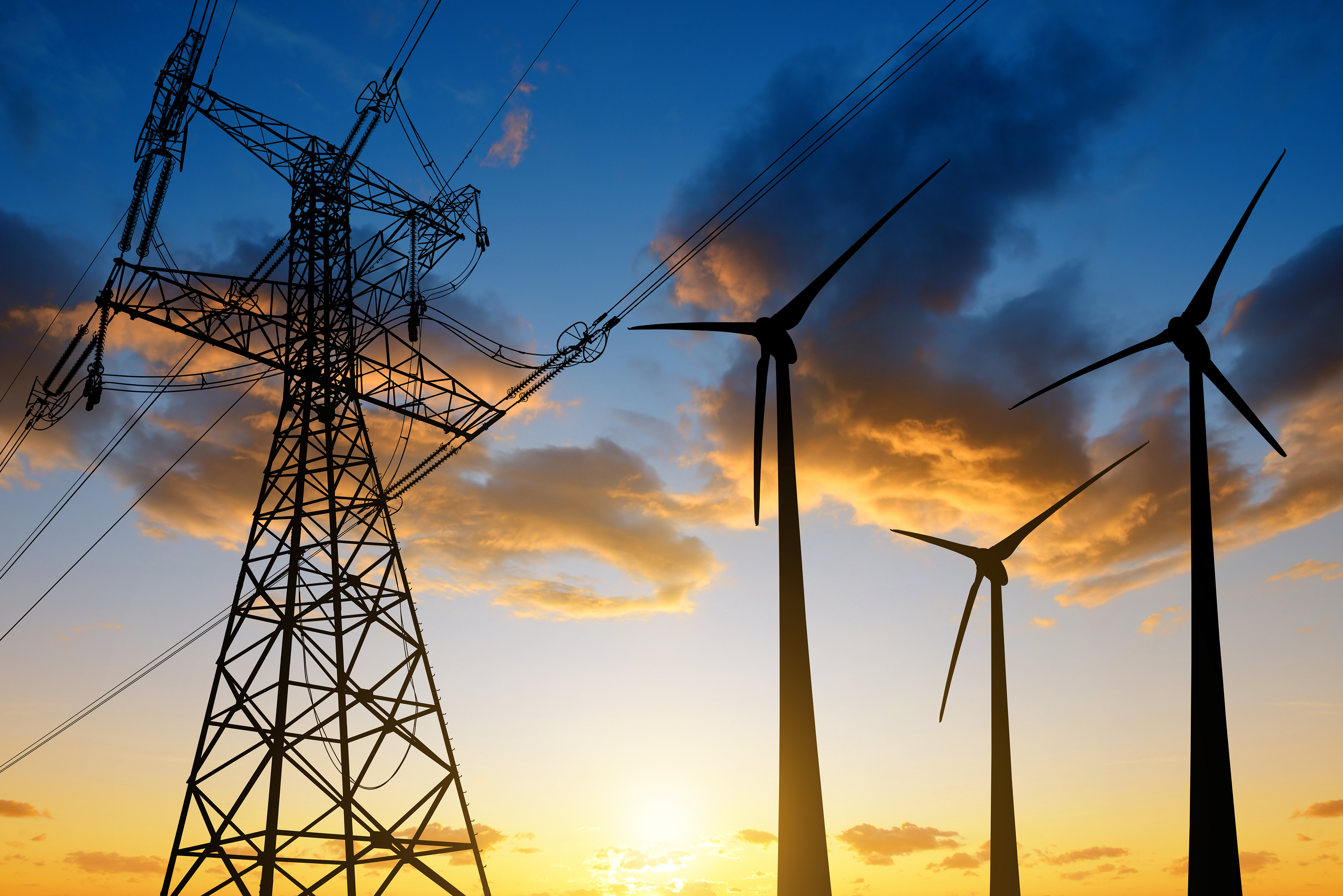
Is GE Vernova profitable?
GE Vernova is a profitable company. But investors can't look back through decades of data to observe long-term profitability trends because General Electric only spun it off in 2024. That said, General Electric itself was profitable for decades leading up to the spinoff of GE Vernova, which provides reason to believe that its current profitability won't be a short-lived fluke.
In 2024, GE Vernova had about $1.6 billion in net income, which represented a 4.5% profit margin. And based on management's guidance, profits are expected to continue in 2025 and beyond.
GE Vernova's profits would be higher without its offshore wind business. The company's three business segments are power, electrification, and wind. The power and electrification segments both had positive earnings before interest, taxes, depreciation, and amortization (EBITDA) in 2023 and 2024. However, its wind segment had EBITDA losses during both periods, and management expects the same in 2025.
Still, GE Vernova is improving when it comes to its wind business and expects to turn the corner in the coming years. Meanwhile, other parts of the business have better margins, consistently leading to profitability for the overall business.
Does GE Vernova pay a dividend?
Before the spinoff, General Electric had paid a dividend for decades, but GE Vernova stock initially did not. In December 2024, however, management initiated a quarterly dividend, thanks to its strengthened financial position. Dividend payments are never guaranteed, but management intends to continue to pay its dividend quarterly for the foreseeable future.
ETFs with exposure to GE Vernova
For people who like GE Vernova but are still uneasy about picking a single stock, exchange-traded funds (ETFs) offer a compelling alternative. Rather than pick one stock, these funds offer a collection of stocks based on particular themes.
Exchange-Traded Fund (ETF)
The Industrial Select Sector SPDR Fund (XLI +1.83%) is a good ETF for people seeking exposure to GE Vernova stock. This ETF follows some of the largest industrial stocks from the S&P 500 index. GE Vernova was added to the S&P 500 as soon as it was spun off from General Electric, which is how it qualified for the Industrial Select Sector SPDR Fund ETF. The fund holds about 80 positions, but GE Vernova stock was prominent with a little more than 3% fund weighting, as of mid-2025.
The Vanguard Growth ETF (VUG +0.05%) is another ETF that holds GE Vernova stock. Granted, it holds more than 150 of the largest growth stocks, so individual stocks make up very small percentages of the overall ETF. Accordingly, GE Vernova stock comprised less than one-half of 1% of the ETF as of mid-2025. It still gives investors broad exposure to growth stocks across sectors, which some may find more attractive than an ETF where GE Vernova's weighting is higher.
Will GE Vernova stock split?
Investors can't predict the future, but it's possible that GE Vernova will split its stock in the near future.
General Electric spun off GE Vernova in early 2024. As of mid-2025, GE Vernova stock has already more than tripled. Management likely had the price at what it considered ideal in 2024. So, if the price per share continues to rise at this rate, it might not be much longer before management decides to do a stock split.
However, GE Vernova's management hasn't explicitly mentioned a stock split, so it's still just speculation.
Related investing topics
The bottom line on GE Vernova
GE Vernova is a major global energy business. The company sells equipment for power generation, transmission, and storage and provides ongoing services to support its installed hardware base. A large backlog of business provides visibility into the future.
For investors who appreciate an established business with growth opportunities in exciting trends, GE Vernova is a blue chip stock to consider.



